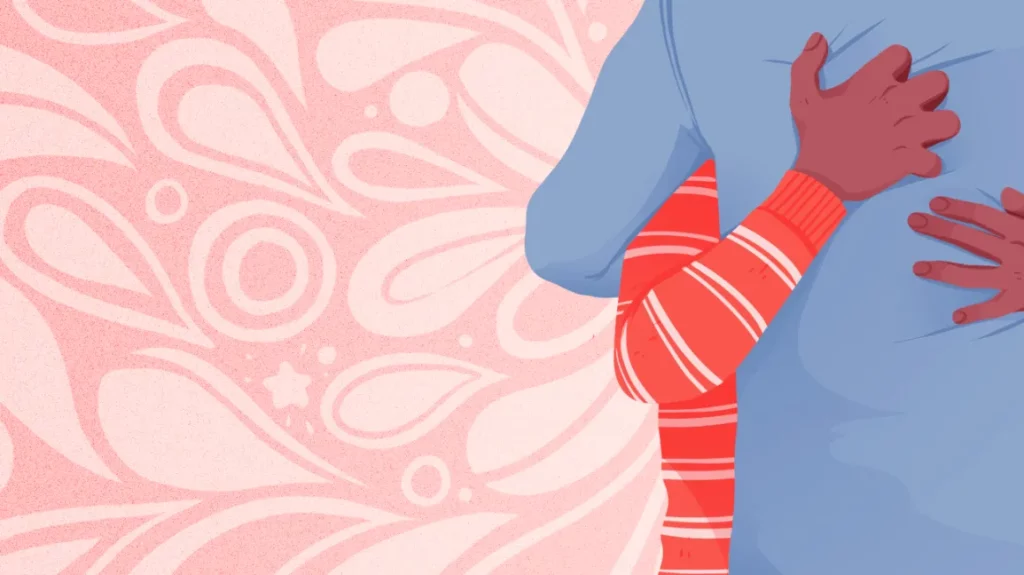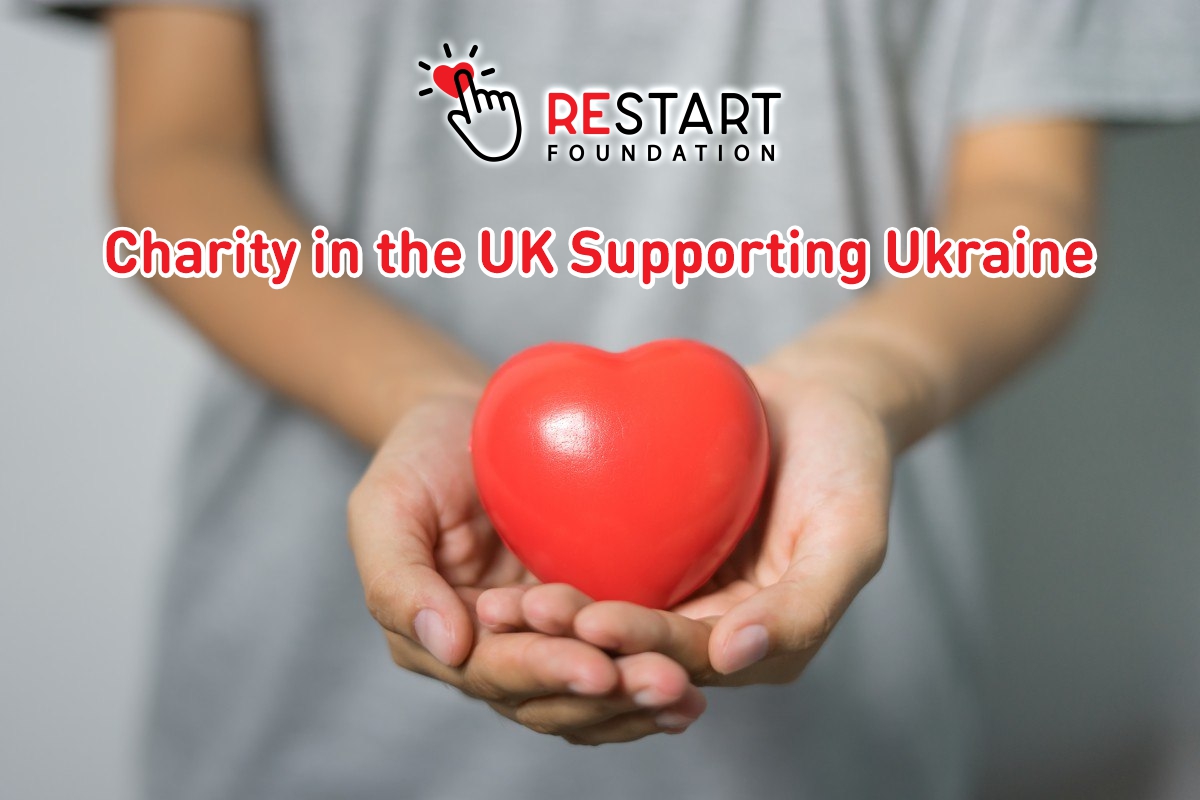Hugging and cuddling are expressions of affection that impact relationships differently. Hugging is a casual embrace often used to greet. On the other hand, cuddling involves prolonged physical closeness and is more intimate, fostering emotional bonds. Both release oxytocin, reduce stress, and communicate care.
In addition, cuddling builds trust, quality time, and physical intimacy mainly in romantic relationships. But, hugging is versatile, for friends and family too. Choosing between them depends on the desired level of intimacy and connection.
What Are The Similarities and Distinctions Between Them?
Exploring the realm of human connection, the juxtaposition of ‘Hug vs. Cuddle’ unveils both subtle nuances and profound differences in the language of physical affection.
Shared Aspects
Release of Oxytocin:
Both hugging and cuddling trigger the release of oxytocin, often referred to as the “love hormone” or “bonding hormone.” In addition, oxytocin is associated with feelings of trust, attachment, and emotional connection.
When either action occurs, oxytocin is released in the brain, contributing to a sense of closeness and bonding between individuals involved.
Stress Reduction:
Both hugging and cuddling have stress-reducing effects. The physical touch involved in these actions can lead to a decrease in cortisol levels, which are associated with stress.
Moreover, the sense of comfort and security provided by physical affection can create a calming effect and help individuals manage stress and anxiety.
Non-Verbal Communication:
Both hugging and cuddling are powerful forms of non-verbal communication. They convey emotions, care, and support without the need for words.
In addition, non-verbal cues play a significant role in human interactions, and both hugging and cuddling provide a direct and tangible way to express feelings and intentions.
Differentiation

Emotional Intimacy:
One of the key distinctions between hugging and cuddling lies in the level of emotional intimacy they foster.
Cuddling, due to its prolonged and more physically encompassing nature, tends to create a deeper sense of emotional closeness and vulnerability.
In addition, the sustained physical contact during cuddling allows partners to share a more profound connection that goes beyond the momentary warmth of a hug.
Context:
The context in which hugging and cuddling are practiced differs significantly. Hugging is versatile and can be used in various situations, including casual greetings and celebrations.
Moreover, it bridges social distances and is often practiced among friends, family, and even acquaintances.
In contrast, cuddling is more intimate and is typically reserved for closer relationships, particularly romantic partners. The context of cuddling often involves a private and relaxed setting that promotes a deeper level of connection.
Physical Contact:
While both hugging and cuddling involve physical contact, the nature of this contact is different.
Hugging usually involves an embrace that centers on the upper body and is generally briefer. On the other hand, cuddling involves extended physical contact, often full-body, with more interlocking of limbs.
Moreover, this creates a sense of being enveloped and held, contributing to a heightened sense of comfort and closeness.
What are the characteristics and definitions of “hugging”?
Hugging is an interpersonal gesture that involves wrapping one’s arms around another person, typically in a brief embrace. It’s a physical expression of affection, warmth, and connection.
In addition, hugging is characterized by its simplicity and versatility, making it suitable for various relationships and situations.
The act itself often involves close body contact, with chests or torsos touching, but the extent of physical contact can vary based on cultural norms and individual preferences.
Contexts in Which Hugging is Commonly Used:
Hugging is prevalent across cultures and is used in a range of contexts. These contexts include:
- Greetings and Farewells: Hugs are often used to greet friends, family members, and even acquaintances as a sign of familiarity and goodwill.
- Comfort and Support: Furthermore, hugging is a natural response when someone is feeling upset, sad, or in need of reassurance. It provides emotional comfort and a sense of security.
- Celebrations: Then, hugging is a common way to celebrate achievements, milestones, and happy occasions, such as birthdays, weddings, and reunions.
- Expressing Affection: Couples frequently use hugging as a means of showing affection, whether in private or public settings.
Range of Intensity and Duration in Hugging:
The intensity and duration of hugging can vary widely. They can range from:
- Quick and Light Hugs: These are often used in casual greetings, such as a friendly pat on the back or a brief arm wrap.
- Longer and Tighter Hugs: In situations where a stronger emotional connection is desired, like reuniting after a long separation, hugs can be held for a more extended period with a tighter embrace.
- Heartfelt and Emotional Hugs: During times of joy or distress, hugging can be more profound and emotionally charged, lasting longer and conveying intense emotions.
What are the characteristics and definition of “cuddling” ?
Cuddling involves more prolonged and intimate physical contact than hugging. It often entails lying down or sitting closely with another person while embracing.
Sometimes interlocking limbs or resting heads on shoulders or chests. Additionally, cuddling is characterized by its emphasis on emotional closeness, comfort, and vulnerability.
Differences in Physical Closeness from Hugging:
Cuddling goes beyond the briefness of hugging, allowing for sustained physical proximity. Unlike hugging, where the focus might be on the upper body, cuddling often involves full-body contact and the intertwining of limbs. Moreover, this creates a sense of envelopment and cocooning, fostering a deeper sense of intimacy.
Instances Where Cuddling is Typically Practiced:
Cuddling is more commonly practiced in situations that involve a higher level of emotional intimacy and comfort, such as:
- Romantic Relationships: Couples engage in cuddling as a way to connect emotionally and physically, promoting intimacy and bonding.
- Relaxation and Quality Time: Cuddling while watching a movie, reading, or simply enjoying each other’s presence enhances the experience of quality time spent together.
- Aftercare and Reassurance: Cuddling can occur after moments of vulnerability, such as after an emotional conversation or a physically draining day.
How Can “Hug And Cuddle” Impacts on Relationships ?

The dynamics of relationships are intricately woven with the gestures of ‘hug’ and ‘cuddle,’ as these acts of physical affection have the power to forge bonds, communicate emotions, and provide a canvas for intimacy and understanding.
Intimacy and Bonding
Cuddling’s Role in Creating Emotional Closeness:
Cuddling involves prolonged physical contact that promotes the release of oxytocin, which intensifies emotional bonding. Moreover, the act of holding someone close for an extended period fosters a deep sense of intimacy and vulnerability.
In addition, this vulnerability encourages partners to open up emotionally, leading to conversations that strengthen the emotional foundation of the relationship.
Additionally, cuddling becomes a safe space where partners can share their thoughts, fears, and aspirations, resulting in a stronger emotional connection.
Hugging as a Means of Strengthening Connections:
Hugging serves as a simple yet effective way to strengthen connections between individuals. Moreover, regular hugs within relationships reinforce the sense of togetherness and shared experiences.
Whether it’s a quick hug in the morning or a warm embrace after a tough day, hugging communicates care and support. Over time, these moments accumulate, contributing to a sense of stability and closeness in the relationship.
Stress Reduction and Hormonal Impact
The Oxytocin Effect in Both Actions:
Both hugging and cuddling trigger the release of oxytocin, which has a calming and stress-reducing effect.
In addition, when couples engage in these physical displays of affection, they create a positive feedback loop.
Moreover, it leads to reduced stress and a more relaxed state of mind. This shared experience strengthens the association between each other and feelings of comfort, leading to a greater sense of emotional security.
Positive Influence on Relationship Health and Well-being:
The reduction in stress hormones and the release of oxytocin not only impact individual well-being but also contribute to the overall health of the relationship.
In addition, reduced stress levels lead to less conflict and more effective communication. Oxytocin fosters trust and attachment, which are crucial elements of healthy relationships.
Over time, the practice of hugging and cuddling contributes to a positive and supportive relationship environment.
FAQ’s :
Can hugging and cuddling improve relationship health?
Yes, both hugging and cuddling release oxytocin, reduce stress, and enhance emotional bonds, all of which contribute to healthier and more connected relationships.
Are hugging and cuddling suitable for different types of relationships?
A: Yes, hugging can be used across various relationships, from friends to family, while cuddling is typically more intimate and associated with romantic partners.
Can cuddling lead to more physical intimacy in a relationship?
A: Yes, cuddling often fosters emotional closeness, which can naturally lead to an increased desire for physical intimacy between partners.
Are there cultural differences in hugging and cuddling practices?
Yes, cultural norms can influence how hugging and cuddling are perceived and practiced. Some cultures may be more reserved while others are more affectionate.
Can hugging and cuddling help resolve conflicts in relationships?
Yes, the stress-reducing and bonding effects of both actions can contribute to a more positive mindset, making it easier for partners to communicate and resolve conflicts.
Is there an ideal frequency for hugging and cuddling in a relationship?
A: The ideal frequency varies from relationship to relationship. It’s important to find a balance that both partners are comfortable with and that enhances their emotional connection.
Can hugging and cuddling make a long-distance relationship easier?
Yes, hugging and cuddling during visits or through video calls can help bridge the physical gap, providing moments of emotional closeness even when physically apart.
How can I initiate more hugging and cuddling in my relationship?
Open communication is key. Express your desire for more physical affection and discuss comfort levels and preferences with your partner to find a mutual approach.
Conclusion
In conclusion, the dynamics of hugging and cuddling offer profound insights into the realm of human relationships. Both gestures, while distinct, share common threads that contribute to emotional well-being and relational strength.
Hugging, with its versatility, serves as a bridge across various relationships, enhancing connections and creating shared memories. Cuddling, on the other hand, deepens emotional intimacy through sustained physical closeness, promoting vulnerability and trust.
Moreover, both actions release oxytocin, reducing stress and nurturing emotional bonds. They communicate emotions without words, leading to better understanding and empathy between partners.
On the other hand, cuddling’s unique role in fostering vulnerability strengthens trust, while hugging adaptability. And makes it a reliable tool for expressing care and support.
Furthermore, these expressions of affection provide dedicated quality time for partners, fostering growth and a sense of togetherness. The impacts of hugging and cuddling are far-reaching, touching not only the individuals involved but also the fabric of their relationships.
Ultimately, understanding the nuances of hugging and cuddling empowers individuals to tailor their displays of affection to the depth of connection they wish to nurture, enriching the emotional landscapes of their relationships and contributing to a more harmonious and fulfilling life journey together.











